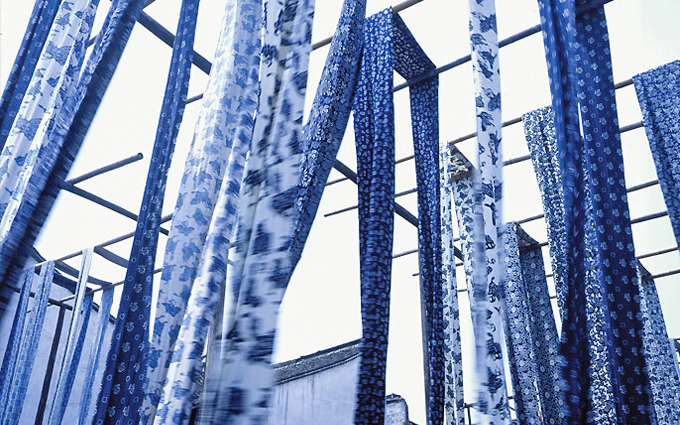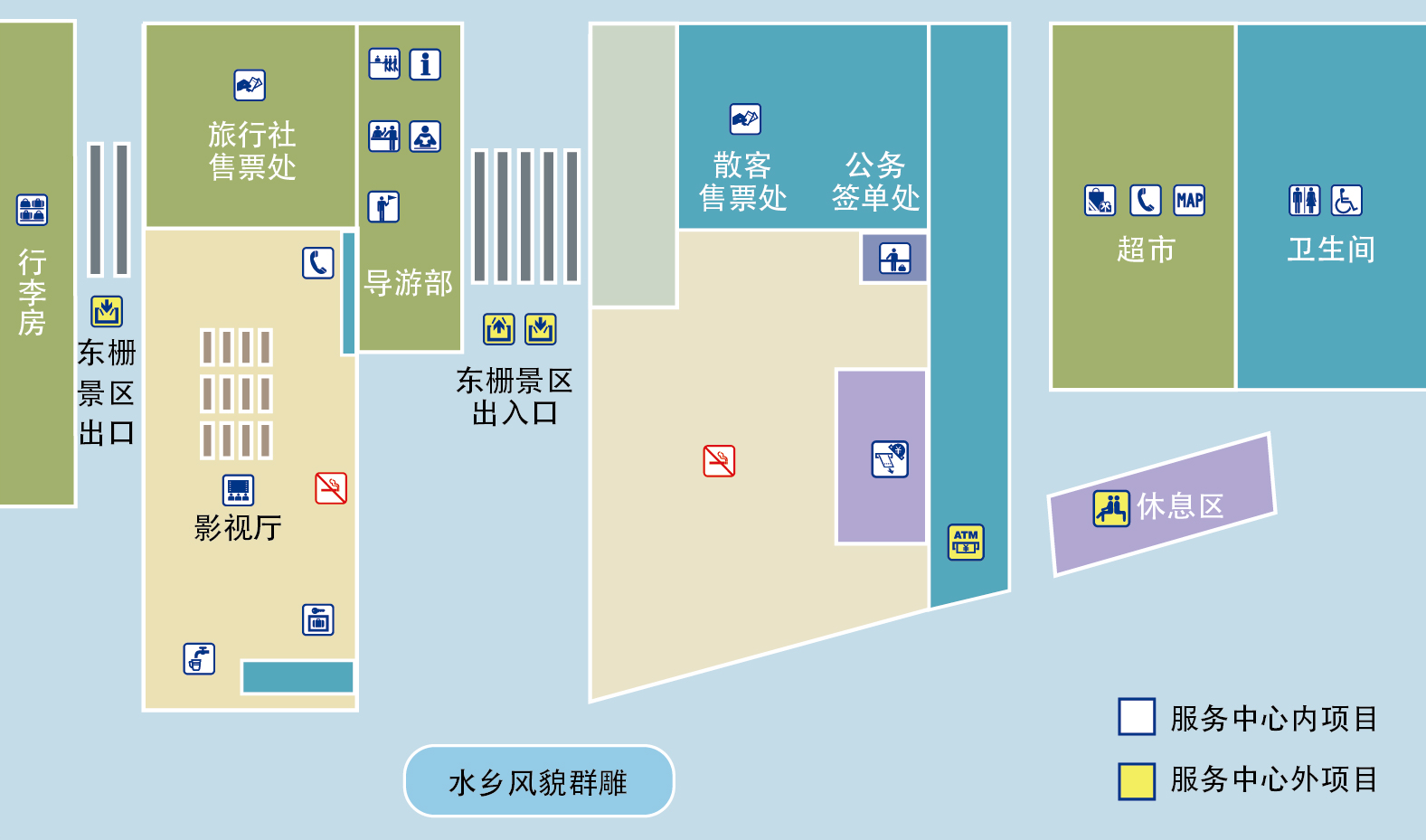


Blue calico cloth originated in the Han and Jin dynasties, developed in the Song and Yuan dynasties, and flourished in the Ming and Qing Dynasties. It is commonly known as "lime embossed cloth" and "embossed blue cloth". It is a traditional folk craft in China and has a history of printing and dyeing for thousands of years. The ancient book "Two Yi Records" says: "Valerian, the Qin and Han dynasties began." Valerian is a silk fabric with a pattern on it. In the Song Dynasty, the technology of blue calico became more and more mature. In the Yuan Dynasty, Huang Daopo's cotton spinning technology spread to Jiangnan, laying the foundation for the heyday of blue prints in the Ming and Qing dynasties. The Ming Dynasty had a weaving and dyeing bureau, which basically monopolized the weaving and dyeing industry. Until the Qing Dynasty, folk dyeing houses began to emerge.
Wuzhen is one of the origin of blue calico, in the old days, Wuzhen has dozens of dyehouses, East Gate Dyehouse is thus named. In modern times, Songjiang, Yangzhou, Chongde, Yueqing and so on are important production bases of blue calico, and now Tongxiang, Wuzhen and Nantong in Jiangsu Province are still producing.
The raw materials and dyes of the blue calico come from the countryside, and the craft comes from the folk. In the old days, every household in the rural areas of Zhejiang used blue calico, and curtains, scarves, aprons, bags, bed curtains, tablecloths and so on can be made of blue calico. The production process of blue calico consists of eight processes: pattern design, engraving manuscript, painting plate, embossing, dyeing, desizing, cleaning and drying.
Blue calico is cotton cloth after the cotton goes through three processes - rolling cotton seed, spinning yarn and weaving cotton cloth. The printing and dyeing material of blue calico is the plant dye bluegrass. After spring sowing and autumn harvesting, the leaves of bluegrass and indigo grass are soaked in stone pools. After a few days, the decaying branches are removed and lime or sea clam powder is added to neutralize and precipitate. The dye after precipitation is like soil, commonly known as "soil indigo".
The method of blue printing is pulp dyeing. The raw material of pulp is lime and soybean powder synthesized according to a certain proportion. The printing plate is made of mulberry paper coated with tung oil. At present, clothes, hats and slippers made of blue calico have been used.
Sales place: West Gate Grass Color Dyeing House, and East Gate Hongyuantai Dyeing House
Keyword:souvenirs, blue calico

